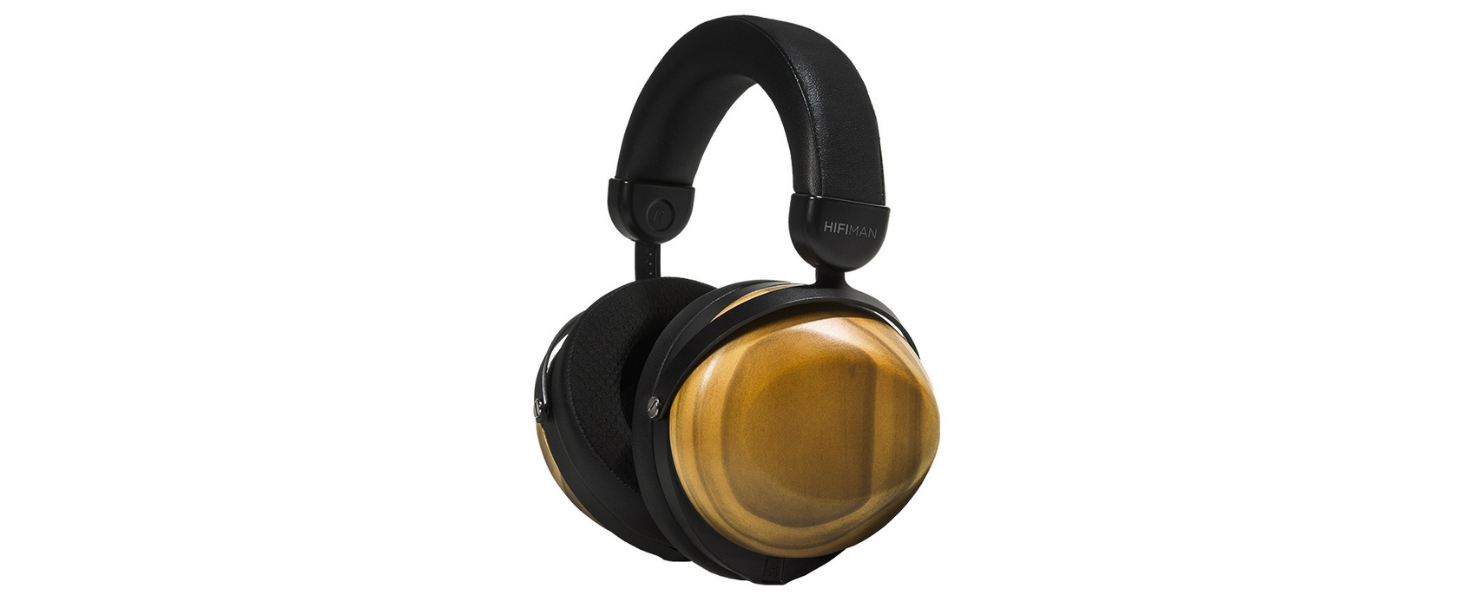
Joshua Valour: "Mind-blowing" final A8000 IEM Review
Note: This article is based on the video "The FINAL FLAGSHIP!! - Final A8000" made by Joshua Valour on his YouTube channel and is printed here in partnership with Joshua Valour. The review was originally posted on May 11th, 2020. Edits have been made for clarity and length. You can purchase the final A8000 IEM on Apos Audio.
Intro
If you’re into the IEM community, you’ve probably heard of final, but if not, if you’re coming into this as a headphone user, then final audio is a Japanese company that mostly makes IEMs. They make a couple of headphones here and there, and some very expensive ones, too, but they’re primarily known for their IEMs, which range from $2,000 all the way down to $20. Today I'm reviewing the final A8000, which comes in at $2,000.
The build
I want to talk about the build of this headphone first, because this is an area that I actually find fascinating. When you’re dealing with IEMs, there is a set of circumstances that you have to overcome, as an audio company, if you’re going to demand a high price. The IEMs need to be made with premium materials. You also have to make them as comfortable as possible. You have to make them reliable, and you have to make them as good-looking as possible. All those circumstances, if calculated correctly, really tend to limit the material choices and design choices that any given IEM or in-ear headphone company make.
The reason I bring this up is because, unfortunately with final and every other IEM company in the market, at a certain price the quality of materials and the design choices don’t really get significantly better, and all you’re left with is the sound. Fortunately for the A8000, the sound is absolutely mind-blowing. It is a magnificent-sounding headphone.
The fit
So the design of this thing is pretty sleek and angular. On the outside, it’s actually kind of sharp in some areas, but it fits well into your ear and shouldn’t be a problem for anybody.
The inside of it–the part that touches your ear–is very well-formed despite its more angular shape. It doesn’t seem as rounded and is kind of naturally shaped, and it’s very comfortable. It’s got a decent amount of weight and heft to it, but it’s surprisingly comfortable in your ear.
The case
The case is made of aluminum. It has a clasp and an inner silicone lining that’s slightly plush. Even though it’s kind of a small thing–it’s just a case–it makes the experience of the headphone so much better. It’s incredibly well-designed. The material choices are great, and the actual size is just about perfect. It also prevents the cable from cramping or kinking. When you fold it all up and clasp it together, it has a super low profile. It’s a very protective case that fits easily in your pocket. It’s very well thought-out and a testament to how well-built the headphones themselves are.
Accessories
While the overall build of this thing is impeccable, there are a couple of accessories that I wish were added. They added some extra silicone tips but didn’t provide any foam tips. I’m not a huge fan of foam myself, but I know a lot of people are, and I really wish they had included some. I also wish they’d included an extra cable. It would be nice to have a backup.
Sound quality - overview
The A8000 is enjoyable all of the time, no matter the genre. You can listen to really crispy acoustical music. You can listen to an entire orchestra, or you can listen to top 50s music that has a completely crunched dynamic range with the volume maxed out. All of it sounds amazing.
Another factor for me here is amplification. I might catch some flack for this, but how I feel about amplification is when you’re working with an IEM, like something you’re supposed to take on the go, for me you get bonus points if you can sound great just off an iPhone or a laptop. Does it scale with better audio equipment? Yeah it does. It sounds better on an ifi DSD Pro than an iPhone, but it sounds great off a phone, too. For me, that gives it extra bonus points.
Sound quality - specifics
If I were to describe the sound quality of the A8000 in one word, it would be “balanced.” Everything sounds great, and if you isolate all of the features, whether that’s sound stage or layering or instruments or timbre or snappiness or the bass dynamics–every factor is really good. I want to give it props for being so good. On the other hand, I expect a $2000 IEM to sound good. $2000 is an insane amount of money to as for an IEM, so you would expect it to be good at everything and not really terrible at anything, and that’s exactly what you get here. You get something that’s great at everything.
One of the most impressive features for me is the sound stage delivery. It’s very different than most other IEMs I’ve heard. The A8000 isn’t as technically as wide as something like the Zeus, but it’s so three-dimensional. It just has crazy depth that’s fully in front of you, and that’s something that I’ve only experienced with very good planar headphones–not even dynamic headphones like the HD800. The A8000 has this depth and three-dimensionality that is not attainable by the sound signature on the Zeus, and that’s a very impressive feat.
Bass
At first, the bass was a little underwhelming. I had to break it in a little bit, because now it’s one of my favorite things, where at first it was one of my least favorite things. I think some people might want a little more bass, because it doesn’t have the most amount in decibel level. It’s not bad. It’s definitely very good, but some people might want a little bit more of a punch, but this headphone’s bass has this capability of being extremely omnipresent and just everywhere or extremely precise. t’s not going to have a crazy kick-you-in-the-face type of bass. For quality though, this is perfect.
Treble
The treble response is something that is also very well balanced. It’s got the strange characteristic of sounding a lot like a very high-end planar on a good amplifier. What I mean by that is there’s a level of precision that the amp has over the driver that a lot of lower-end amps can’t match. It’s detailed. It’s crisp. But it’s not forward. It’s got this great balance where it’s not the most forward treble, but you don’t feel like you’re lacking any sort of detail, and you don’t feel like you’re punished by anything that’s too harsh or too overly done. There’s no sense of sibilance in this, and you get this great presentation. It’s very, very impressive.
Mid-range
So this leaves me with the mid-range, which is my favorite area. The three-dimensionality of it, the forward nature of the delivery of everything–not just the vocals, not just the mid-range–but the treble response and bass response–it all really complements the mid-range, and it seems like everything is built around the the mid-range, making the mid-range sound fantastic.
This IEM has a great amount of dexterity between how the different vocalists come across, and what’s interesting about this is that I think what the mid-range is going to be good at here is being able to play with whatever type of delivery you like. So if you like more sound stage, more further-out music, where the vocalist is kind of farther away–whatever the recording is doing, this headphone is going to be able to keep up with. And the opposite is also true.
Conclusion
So to wrap up, I’m going to answer a couple of questions.
One, if I paid $2000 for these, would I be disappointed or happy with my purchase? I’d absolutely be over the moon about it. I think it’s an incredibly well-built device. It does a lot of things very, very well and very few things poorly.
Now, the second question that I would love to answer but don’t have the experience to is whether or not this competes with other $2,000 IEMs. I want to kind of convert this question to “does this compete with the sound quality of $2,000 headphones?” Yes it does. It has a different delivery. It’s a little bit more in-your-head because it’s physically in your head. But in terms of the quality of sound, it’s on par with $2,000 headphones 100%.


